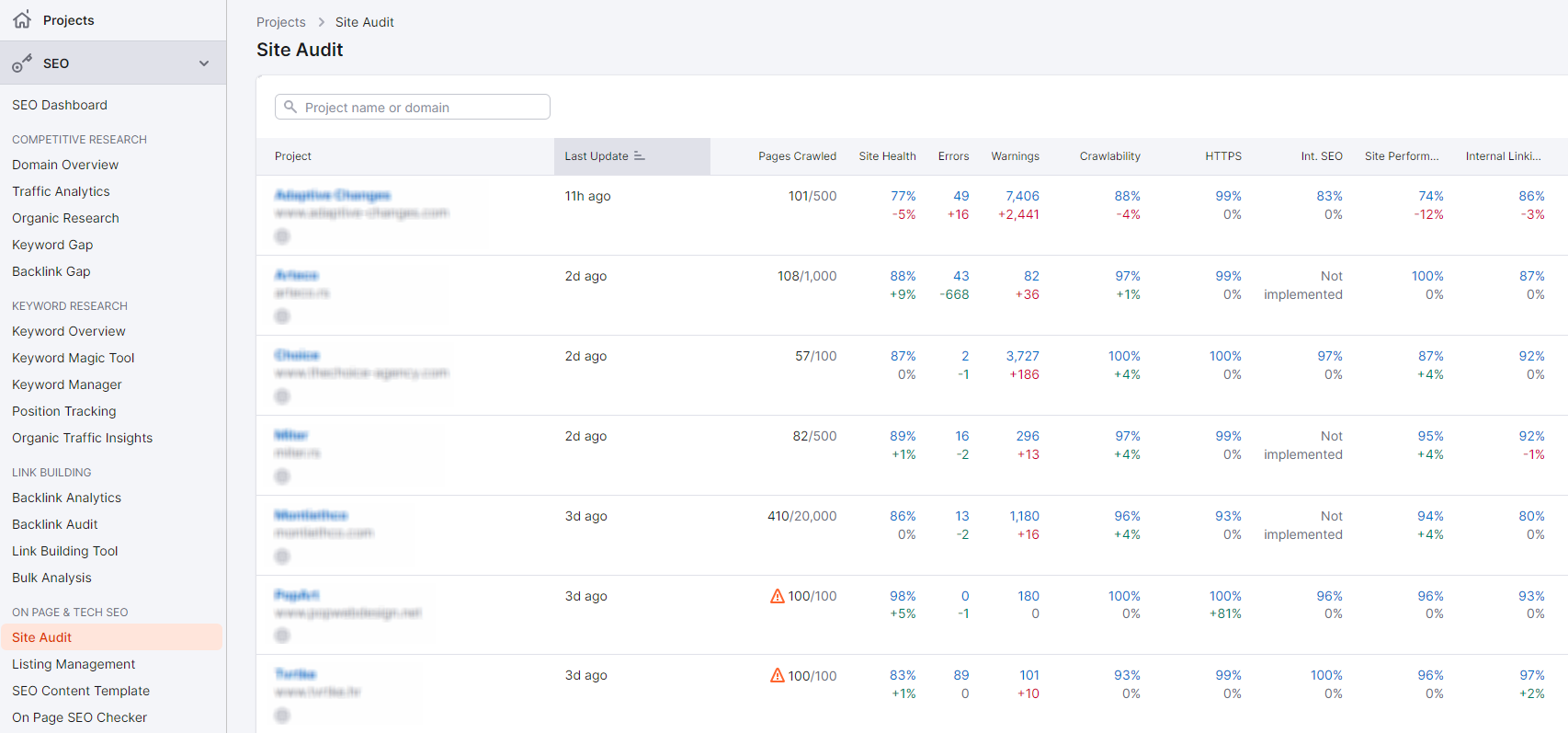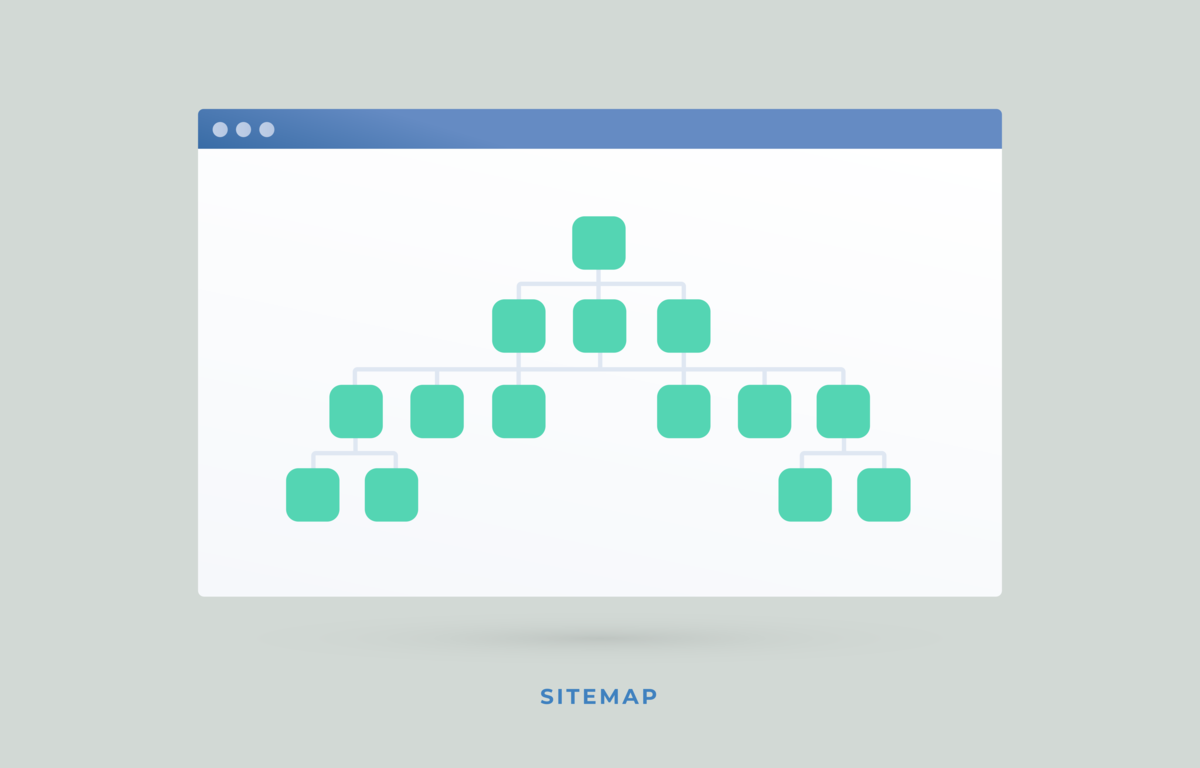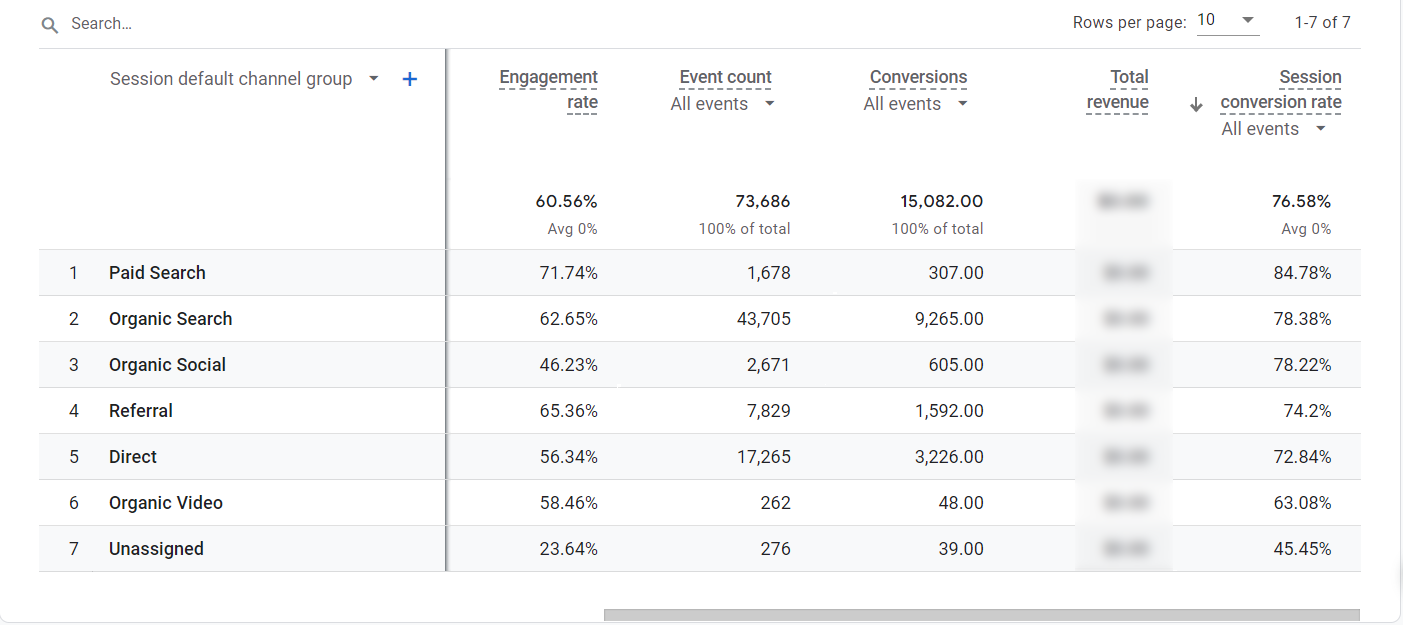It’s not a secret that having a well-performing and up-to-date website is crucial for any business that wants to make it online. The problem is these digital platforms will require some maintenance work to continue performing optimally, and even then, in some cases, you will need to come up with a web redesign checklist to breathe new life into your otherwise stellar website to keep it generating traffic, leads, and business.
Why bother with a web redesign process, you ask? Well, just think about your personal experiences. Do you stick around waiting for a site to load after staring at a blank page for longer than a few seconds? Or, do you start searching on the website even if it’s painfully obvious that its design somehow didn’t manage to change since the dial-up era?
An updated site, both performance- and design-wise, doesn’t just look fresh and nice; it will also help establish a warmer connection between your audience and your business. Giving into a website redesign business strategy may help improve overall user experience, boost your leads and sales, improve your SEO, and simply bring you up to speed with modern digital marketing.
On that note, we also understand that undertaking such a task can be daunting. Fortunately, there are several handy site redesign strategies you can choose from to make the job easier. Additionally, this article also aims to bring you a comprehensive website redesign checklist to help you get going.
Define Your Web Redesign Checklist
This might sound painstakingly obvious, but a successful revamp starts with planning. When defining your goals for your website redesign process, you must assess user and business needs. Are you looking to increase your online sales? Do you want your users to find your services or products quicker and with more ease?
The fun part is that sometimes it’s natural to align your user and business goals. In these cases, the redesign process will probably maximize the result of your work.
Still, when defining the goals of an effective web redesign process, you need to be precise and address several aspects of your platform. For instance, you can consider the following:
- Reduce bounce rates on your site/pages
- Increase the time people spend on your pages
- Increase the number of visitors and visit numbers
- Improve domain authority
- Generate new leads
- Improve your SEO rankings and refresh crucial keywords
- Increase in total sales generated
- Improve user experience
- Tweak the sales funnel for a more straightforward buyer’s journey.
Examine The Current State of Your Website
Every great website revamp checklist will point out the importance of conducting a site audit, which assesses your content, current user experience, and lingering technical issues. Any problems found should be prioritized based on how they impact your business goals and user experience. By creating a priority list, you can focus on the most crucial issues and ensure that they will get fixed until you get to the end of your web redesign process.
That said, while performing the audit, take a closer look at the following:
- The layout and design of your site
- The site’s navigation structure and overall organization
- The quality, accuracy, and reliance of your current content
- Load times and overall site performance
- Site security, hosting, and SEO

Examine Your Audience
Next, you will also have to put in the effort to understand your visitors and their needs better. This is imperative to redesign your website in a way that will meet their goals and expectations.
To conduct the necessary research, you can opt for several methods, including the following:
- Conducting interviews
- Using questionnaires and surveys
- Perform social media listening
- Data analysis and analytics.
When you understand the needs of your visitors, you can create a website redesign checklist that will optimize the user experience.
Look For Inspiration
When redesigning your website, you will also need to look for redesign ideas to get your creative juices flowing. Looking at other websites, you can better understand what works well within your niche and what doesn’t. By conducting competitive research, you can also spot current trends and evergreen best practices that yield positive results within your industry.
That said, make an effort to:
- Research your industry and competitor sites.
- Search for other sites within your niche and industry.
- Look for inspiration galleries.
- Take a look into the latest web design trends, in general.
- Partner with an experienced web design agency for professional insight.
Forge An Organized Sitemap
Creating a sitemap is also a pivotal step in the web redesign process. Wireframes and sitemaps are crucial for planning out the layout and structure of your redesigned platform, helping with keeping your pages and content organized and easy to find.
On that note, sitemaps serve as visual representations of your site’s organization and structure, showing the relationship between information hierarchy and your pages. Wireframes, on the other hand, are low-fidelity representations of your platform’s layout, showing the basic position of page elements and the foundational relationship between these elements.
Creating both of these will help with the following:
- Ensuring easy navigation.
- Plan the overall site hierarchy and structure.
- The chance to identify possible issues regarding usability.
- Improving better communication with stakeholders and design teams.

Come up with a Consistent Design Language
With this, you can create a professional and cohesive visual identity on your website. The design language will usually include your imagery, typography, and colors.
Consistency can be achieved by considering the following:
- Defining your typography and color palette.
- Creating a consistent grid and layout system.
- Creating a style guide.
- Using consistent icons and imagery
A consistent design language doesn’t only make your website look professional but will also help you improve your brand identity in the eyes of your visitors.
Optimizing Your Website
This should be a given. Your new site should be optimized for all screen sizes and devices to increase mobile friendliness and maximize potential traffic.
For this, you need to make sure that the content displays on every possible screen size and that your videos and images are also optimized for every device. You should also put in the work to test the site on various browsers.
Typically, you should focus on implementing a mobile-first approach in terms of design to adhere to the latest design and SEO trends.
Test Your Site – the key point of Web Redesign Checklist
Conducting the necessary testing is also pivotal to a successful web redesign process. Testing helps pinpoint crucial issues regarding usability and can help you give more feedback on the new design.
You can opt for testing by:
- Conducting several testing sessions with a small team of users representing your target audience
- Gathering feedback from them and observing their interactions with the website
- Analyzing the gathered results and pinpointing the issues.
Once you’ve done all this, you can create a new platform that will meet all the requirements of your target audience.
Take Care of Content Migration and Redirects
Your web redesign checklist should also have a step for redirecting visitors from your old site to the new one, and you should also have a plan to migrate your content. This will be extremely helpful for your existing visitors and customers to find the info they need, and this will help you avoid the “all rankings dropped after the web redesign” scenario.
Consider the following:
- Map out the organization and structure of your site.
- Identify all essential content and pages from the old site.
- Create redirects for your old pages to the new ones.
- Update your external and internal links to the new platform.
- Communicate your plans with your teams and stakeholders.
Launch The New Site and Measure Performance
This should be the last step of your web redesign checklist. After going live, it’s essential to keep track of the overall performance of the site and make on-the-go adjustments if necessary. Keep a close eye on your engagement, traffic, and conversion rates.
How to monitor the new platform’s performance? The following approaches may be able to help:
- Track engagement and traffic.
- Measure conversion rates.
- Set up your analytics.
- Conduct continuous testing for constant improvement.
- Gather user feedback.
By measuring performance, you can continuously strive to improve user experience and fix any errors that may have gone unnoticed.

Bonus Tip: Avoid Common Pitfalls
Again, to avoid the “all rankings dropped after the web redesign” nightmare, you will need to implement 301 redirects for every changed URL. Also, you will need to optimize your page titles, keep your content keyword-rich, and optimize your meta descriptions. You will need to submit your new sitemap to search engines as well.
Lastly, never forget to create a backup of your old site. Never forget about SEO and the importance of mobile. Never ignore user feedback, and always perform thorough testing before pushing your site live.
Wrapping Up Web Redesign Checklist Advice
While a website redesign may be a challenging endeavor, leaving your business goals to an outdated site is a huge mistake that can have severely adverse effects not just on your business online but offline as well. Sure, redesigning an entire website will take time and effort, but when done right, it will pay off both in the long run and the short term. Still, things can get overwhelming, especially if you are running your business simultaneously.
That’s why partnering up with an experienced web design agency that provide web redesign services is a good idea. These people have the expertise and the experience to assess your platform, highlight its strong points and weaknesses, and together, you can create a new site that will help you achieve your business goals while meeting your visitors’ needs.





